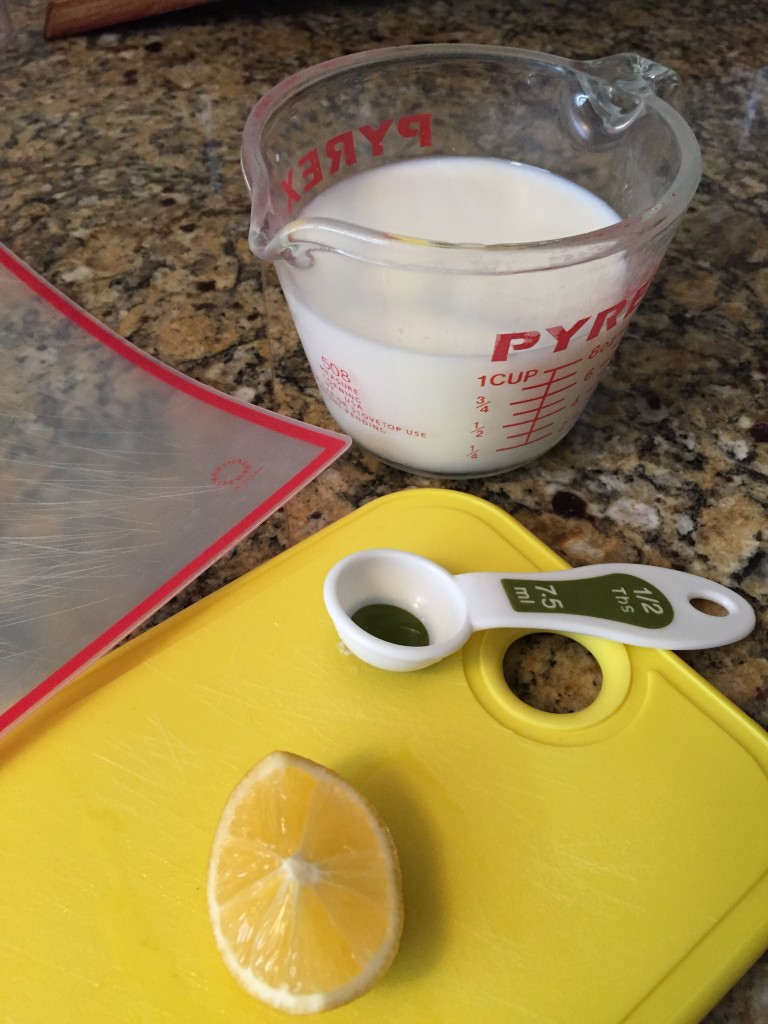Venison has earned a bad reputation for its “gamey” taste, smell and texture but handled and cooked properly it is among the most delicious and hearty of cuts.
Proper care and storage from field to fork is vital to maintaining the integrity of deer meat no matter the cut, and most of the issues that arise when discussing the negative reactions to the taste of venison come from improper handling. Fresh like other meals always is best, but if you properly clean and package backstraps and other top-flight chunks of protein they will be just as good when you pull them from the freezer.
One way to take out some of the strong flavor that some folks complain about is to soak the meat in buttermilk, which can be had at most any grocery chain. However, you also can make your own buttermilk mixture with items you likely already have on hand.
The easiest homemade buttermilk recipe that has worked well for me is to use about a cup of most any milk from the carton and add a splash of lemon juice. The acidity of the juice will add thickness to the milk — essentially curdling it — and within 10 minutes you have a liquid that you can pour over your venison cuts which will then be stored in the fridge for at least a few hours, if not overnight.
You also can substitute a splash of vinegar for the lemon juice and get the same effect, and once you’re meat has soaked for as long as you’d like it’s ready for the stovetop.
One thing that you should never do is overcook your venison, which is among the easiest ways to make it tough and chewy, which is among the other complaints of deer meat. It should be enjoyed rare or medium rare, much like your fancy cut of filet mignon, and can be used in hundreds of different recipes.



















